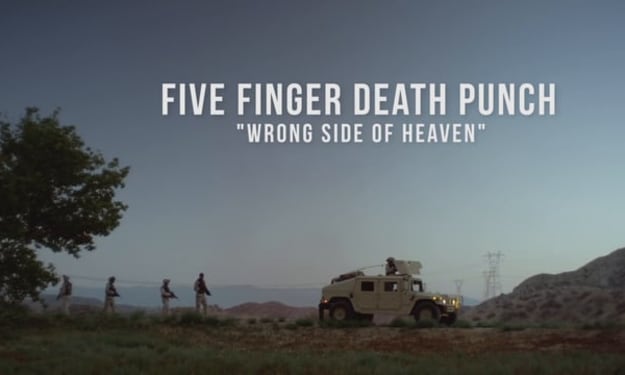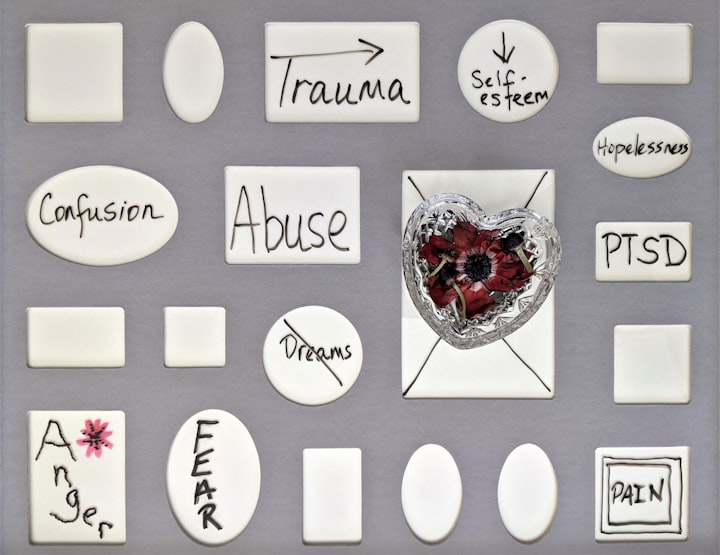The Rwandan Genocide
A Forgotten Holocaust

Everyone has heard of the holocaust that killed millions of Jews, gypsies, homosexuals, and any other person that didn't fit the Nazis' views of perfect. And while this tragedy had a lasting impact on Europe and WW2, it is not the only genocide to have shaken the world.
The Rwandan Genocide
In 1994, a mass slaughter took place in Rwanda, Africa. About 800,000 people were killed and executed in just 100 days. This is thought to be an extension of a political war that was originally thought to end in 1959 after the monarchy was overthrown. The attacks in 1994 came as a shock as a peace agreement was made in 1993, just after the civil war. Over the course of the holocaust, several pleas were made to the United Nations and other countries. Little assistance was provided.
The Hutu
The Hutu were the majority in Rwanda at the time of the genocide. Their society was built around clans and their rulers (also known as petty kings or bahinza). During the Rwandan civil war, the group united as a single party looking for control of the area. A peace treaty was put in place between the Hutu and the Tutsi. A year later, Hutu extremists broke it, blaming the Tutsi for the death of their president.
The Tutsi
Although they were the minority, the Tutsi took over Rwanda shortly after entering the country. The Hutu lived under the rule of the Tutsi for years until the government was overthrown. Forced into surrounding countries, such as Uganda, the Tutsi formed the Rwandan Patriotic Front (R.P.F.). This rebel group invaded Rwanda triggering a civil war. The peace agreement of 1993 ended the conflict until the massacre in 1994.
An Organized Slaughter
After becoming outraged by the loss of their leader, Hutu politicians sent out lists of their Tutsi opponents to militias. The most radical militants, mainly the members of the Interahamwe and Impuzamugambi organizations, gathered weapons, set up roadblocks, and organized the execution of the Tutsi people. ID cards at the time specified ethnic groups. This made identifying Tutsis much easier. Machetes were the main weapon used as it was a common item in most Rwandan households. Propaganda was also spread through the use of radio broadcasts, encouraging those who were more moderate to attack Tutsi communities. Although politicians were the biggest targets, the entire Tutsi population was threatened. Men, women, and children were killed in the streets and in their homes. Many women were also taken as sex slaves.

An Unanswered Call For Help
Tutis and Hutu moderates alerted other countries of the events occurring in Rwanda. They requested help from the United Nations. The U.N. and Belgium had forces in the country but did not move to prevent or stop any killings. After a devastating conflict in Somalia, the U.S. decided not to engage in African affairs. Even today, many of the countries claim ignorance of the events in 1994. Some current Rwandan politicians blame others, especially France (who had troops in the area at the time of the genocide), for not stepping in.
Heroes Who Stood Alone
Captain Mbaye Diagne, an unarmed U.N. observer, was known for his ability to lift people's spirits. He brought hope to those endangered. Diagne was horrified by what he saw in Rwanda and did not hesitate to disobey orders to save over 50 Tutsi and targeted Hutu people. Violating his Islamic beliefs, he used cash, alcohol, and cigarettes to bribe militants and save many innocent people. Perhaps his most memorable act is guarding a church which held many families that may have been killed if not for him. Sadly, Captain Diagne passed away May 31, 1994, when a bomb detonated only a few meters from his car.
Carl Wilkens, an American humanitarian, had moved his family to Rwanda in 1990. When the genocide broke out, he was encouraged to leave. Against the advice of others, Wilkens stayed to deliver resources to victims who were afraid to leave their hideouts. One day he traveled to an orphanage in Kigali to help a large number of people. While there, they were discovered by the Hutus. He managed to dissolve the situation and saved over 400 people.
Zula Karuhimbi used unique tactics to scare off Hutu militants. Using old African traditions and beliefs she convinced others that she possessed sorcery. Using irritating herbs, she touched the soldiers, making them breakout. This was enough to scare off the soldiers, but not before they shot through the walls, killing her son. During this altercation, she was able to save the other 100 people hiding in her house. A few days later, she lost her daughter to poison. She was able to save Rwandan president Paul Kagame when he was a child by disguising him as a girl when the Hutus where searching for Tutsi boys. She claims that she sensed that he would become a leader. In total, she saved about 100 Tutsis, 50 Hutus, and 20 Twas.

The Nyamata church showing the clothes of the victims in the genocide.
Remembering the Tragedy
Unlike the holocaust that took place during WW2, the Rwandan genocide has been buried by time. There are few that still work to preserve the memory of those who perished in the slaughter. Kigali, which was at the center of the genocide, holds a museum and a memorial to remind Rwanda of its dark history. Walls, resembling U.S. war memorials, bare the names of the hundreds of thousands of victims. Many remains were collected and put on display at the museum to put into perspective how many people died within those months. A church that had been found by the Hutu was piled with clothes. Schools around the world have neglected teaching this part of history. Only by educating the youth of today can we honor the memory of those involved and prevent history from repeating itself.
For more info, visit...
About the Creator
Lorraine Woiak
I am a psychology and music major at the University of North Dakota. As a part of the Army ROTC program, I am working towards a career as a military psychologist.





Comments
There are no comments for this story
Be the first to respond and start the conversation.